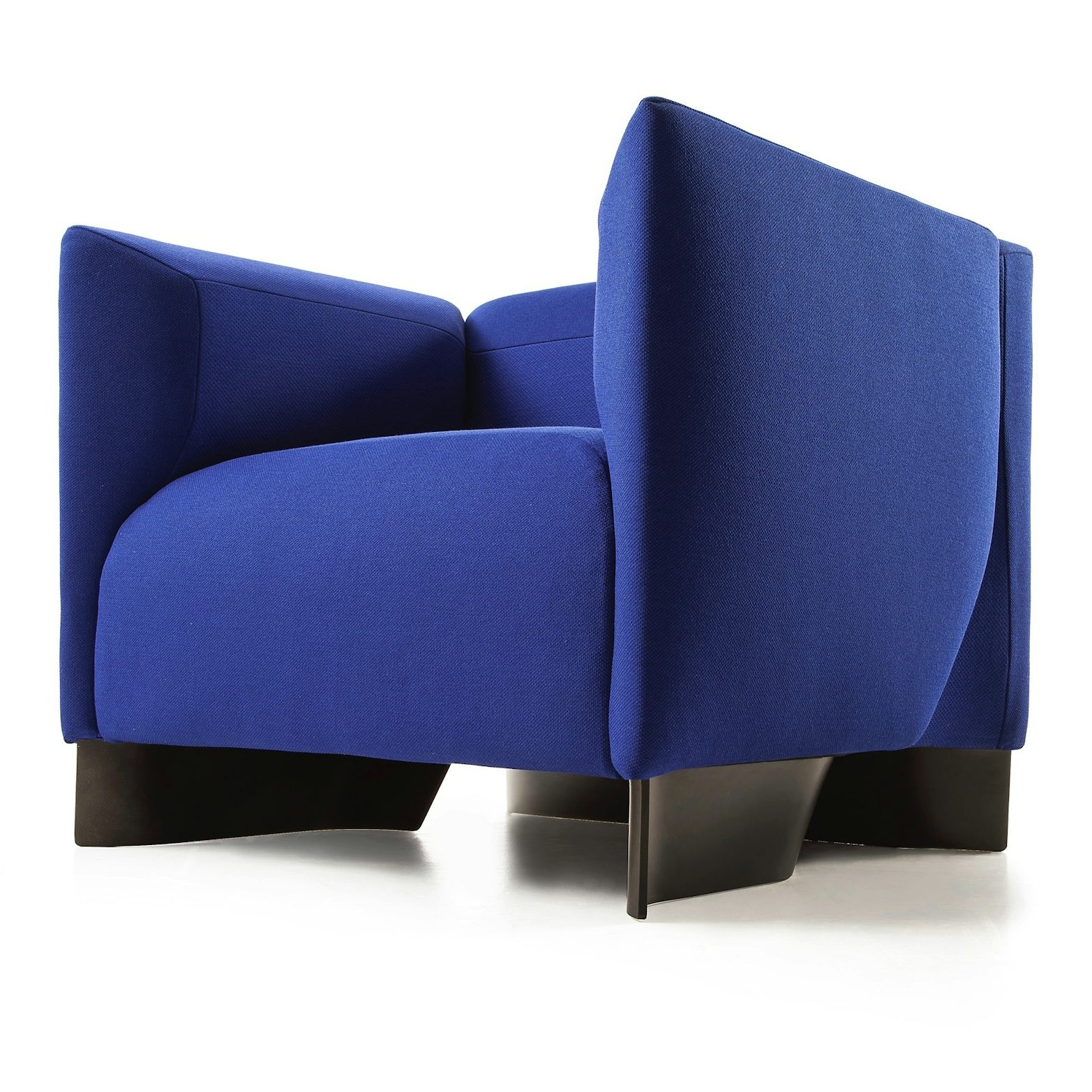
by Zaha Hadid
for Cassina
Zaha Hadid so elegantly defined a parametric design that her name has become virtually synonymous with a swirling, swooping architecture that stretches Modernist simplicity to its limits. Born in Baghdad in 1950 and educated in London after the Baathist coup, she studied with Rem Koolhaas before venturing on her own. Vitra asked her to design a chair; after six months of trying to perfect a form for one, she ended up designing a fire station for the company’s Germany complex.
Triumphs came elsewhere: a cubist Louise and Richard Rosenthal Center for Contemporary Art in Cincinnati was the first museum in the U.S. to be designed by a woman. Her Guangzhou Opera House in China faced construction troubles, but dazzled in its resemblance to two faceted pebbles; her Messner Mountain Museum Corones, three volumes of concrete lodged into the Italian Alpines, is an eerie gem. And her sinuous 520 W 28th Street building is among the most-photographed on NYC’s High Line. The first woman to win the Pritzker Prize, her approach lives on in generations of architects inspired by her bold forms and take-no-prisoners interviews — not to mention her furnishings, including her Moon seating system for B&B Italia, which applies her architecture’s curvilinear fluidity to an out-of-this-world sofa and ottoman.

by Zaha Hadid
for Cassina